Gifts From Whale*
Beachcombing on St. Lawrence Island is almost like opening a time capsule, with layers of stories niggling into your mind. How long has this been here? Where did this come from? Who created this?
One of the most impressive sights for me was this bowhead whale. Killed this past March by one of the villagers, it provided meat and sustenance for the entire community of Savoonga, more than 700 people. And that was only half of the whale.
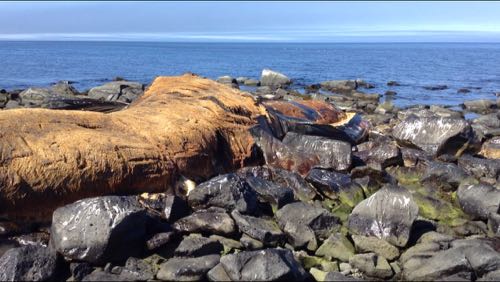
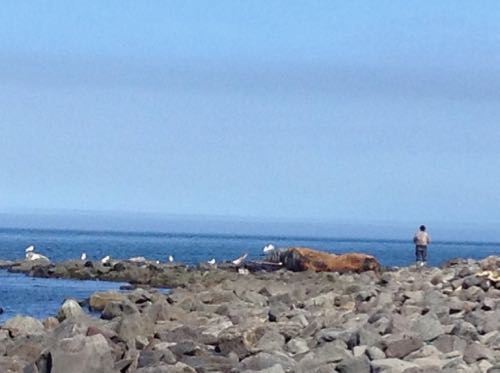
According to our guide, Punguk, the whale was shot, but promptly sank, only to wash ashore about four days later. By that time, the internal organs had ruptured (exploded?) rendering meat on that side of the body inedible. The other half was stripped of meat, and some bones. We actually met a man today who had come to gather the ear drum of the whale to use as a cave for his polar bear carvings. This was the only whale killed this year, but yet it's enough to share.
Baleen
I had never seen baleen so intact, or so fresh, and I was stunned by their immensity and durability. Instead of having teeth, bowhead are baleen whales, which means they have these long strips known as baleen, which hang from the roofs of their mouths. They use them to strain out krill from the sea water. They are made of keratin so they're similar to hoofs and human nails. In the early 1900's baleen was an important part of life, used for fishing poles, clothing supports, and household items.
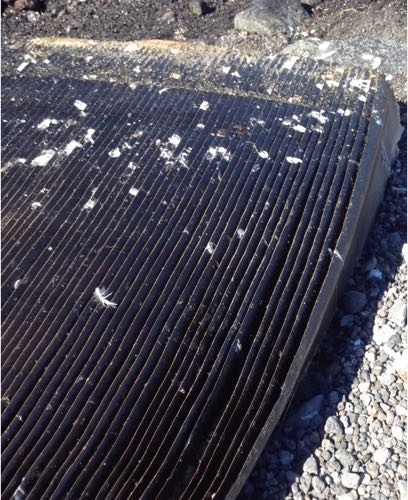
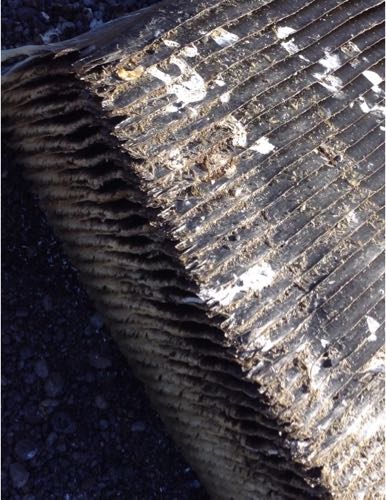
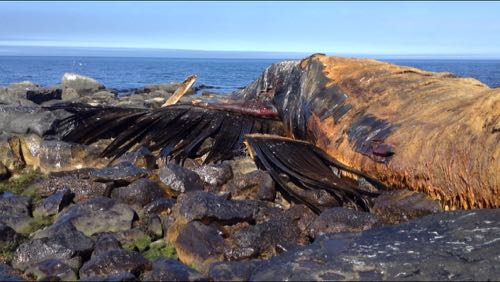
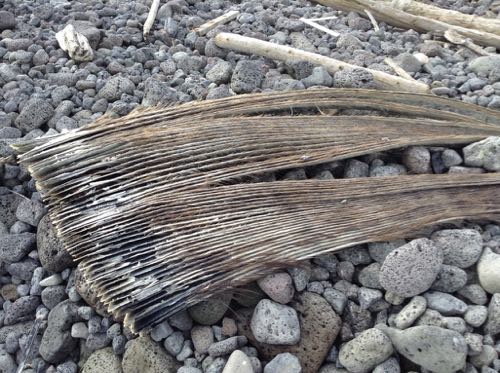
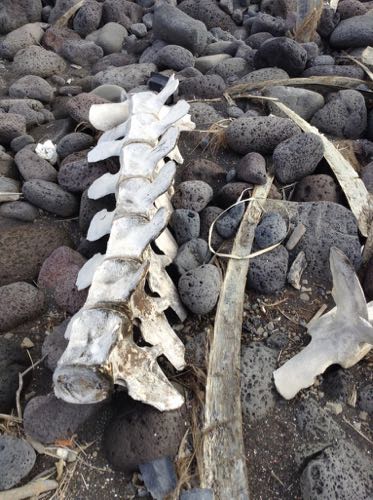
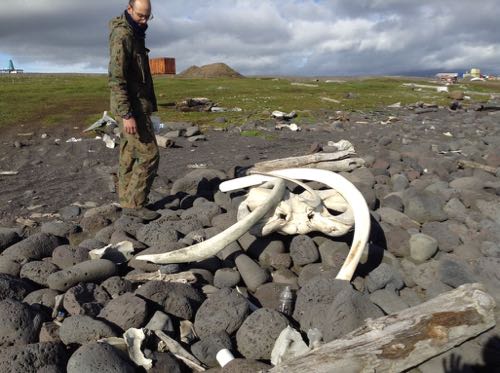
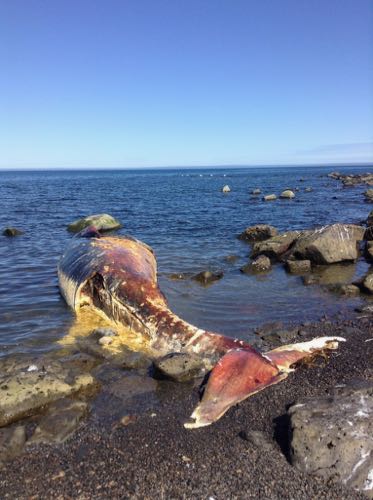
*Note
In Yupik English, when talking of animals, they tend not to use articles like a or the. By not using the articles, and only using the name of the animal (ie. Whale instead of the whale, or Walrus instead of a walrus), it is more intimate and acknowledges the connection between man and nature.
Today's Tweet
Beachcombing on Savoonga's area beaches is a treasure hunt. You never know what you will find, but chances are good there's a story behind it all. #exploremore #itfeedsavillage #giftsofwhale


Comments